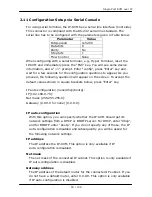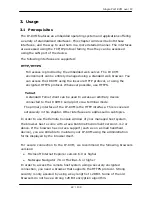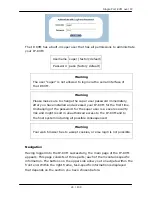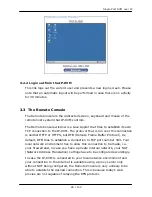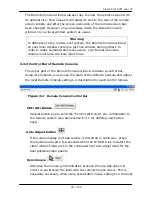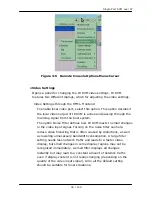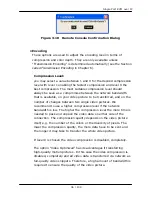
Single Port KVM over IP
3.
Usage
3.1
Prerequisites
The IP-KVM features an embedded operating system and applications offering
a variety of standardized interfaces. This chapter will describe both these
interfaces, and the way to use them in a more detailed manner. The interfaces
are accessed using the TCP/IP protocol family, thus they can be accessed
using the LAN port of the device.
The following interfaces are supported:
HTTP/HTTPS
Full access is provided by the embedded web server. The IP-KVM
environment can be entirely managed using a standard web browser. You
can access the IP-KVM using the insecure HTTP protocol, or using the
encrypted HTTPS protocol. Whenever possible, use HTTPS.
Telnet
A standard Telnet client can be used to access an arbitrary device
connected to the IP-KVM's serial port via a terminal mode.
The primary interface of the IP-KVM is the HTTP interface. This is covered
extensively in this chapter. Other interfaces are addressed in subtopics.
In order to use the Remote Console window of your managed host system,
the browser has to come with a Java Runtime Environment version 1.4.2 or
above. If the browser has no Java support (such as on a small handheld
device), you are still able to maintain your IP-KVM using the administration
forms displayed by the browser itself.
For secure connection to the IP-KVM, we recommend the following browsers
versions:
■
Microsoft Internet Explorer version 6.0 or higher
■
Netscape Navigator 7.0 or Mozilla 1.6 or higher
In order to access the remote host system using a securely encrypted
connection, you need a browser that supports the HTTPS protocol. Strong
security is only assured by using a key length of 128 Bit. Some of the old
browsers do not have a strong 128 Bit encryption algorithm.
22 / 109











